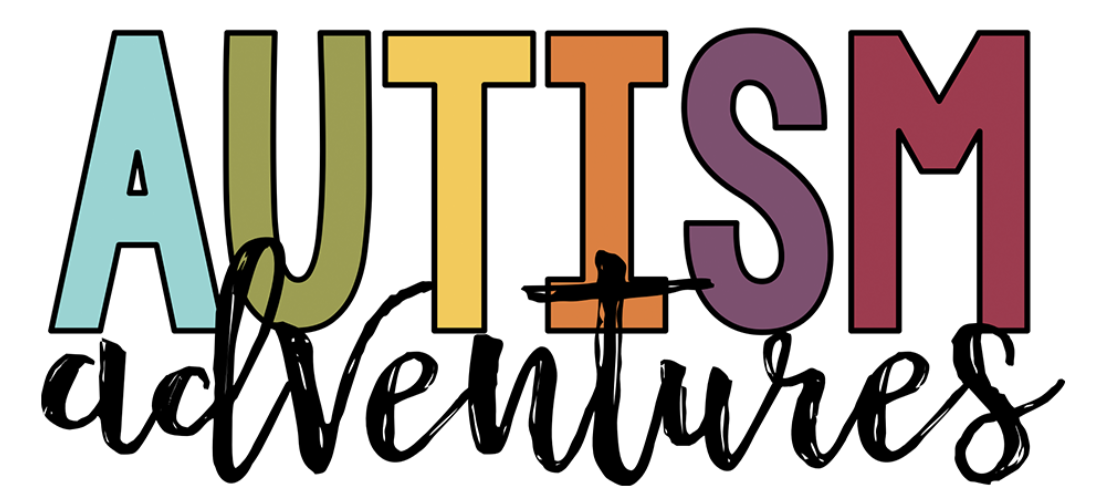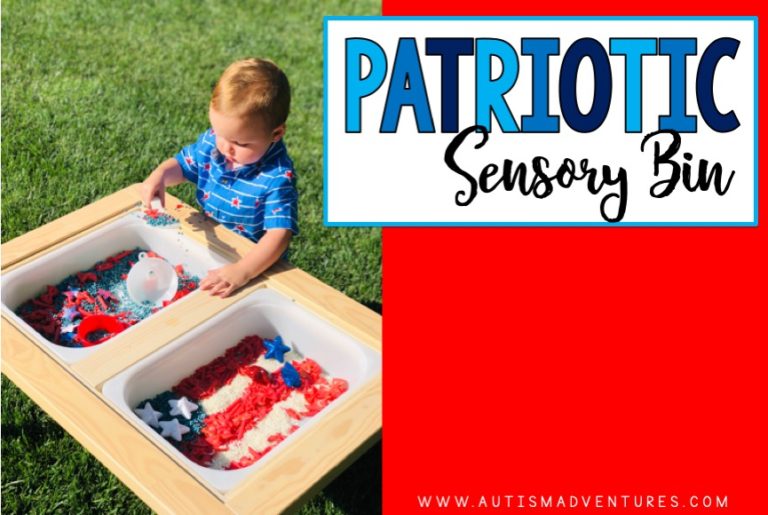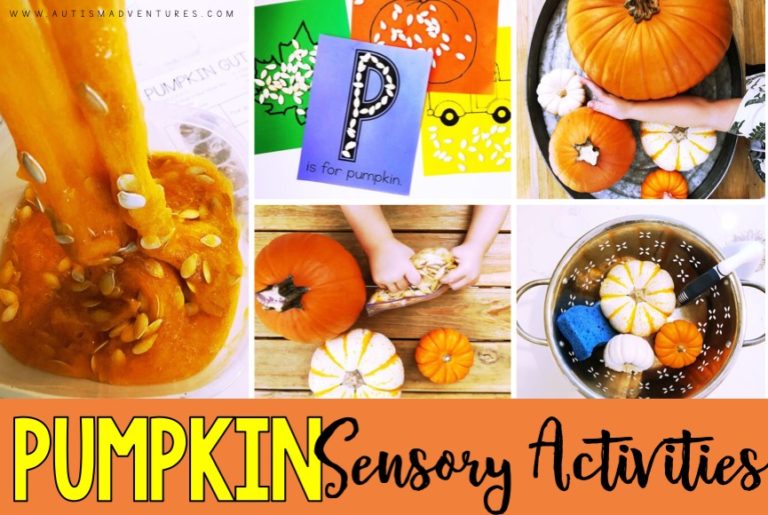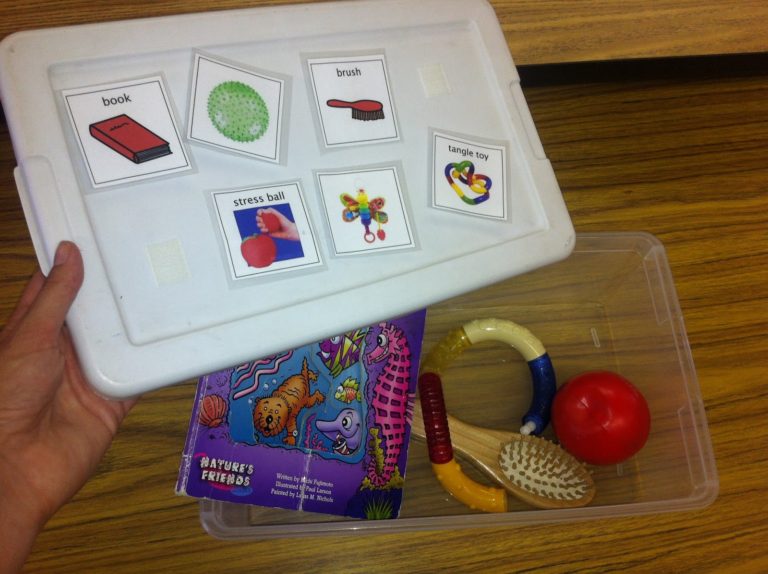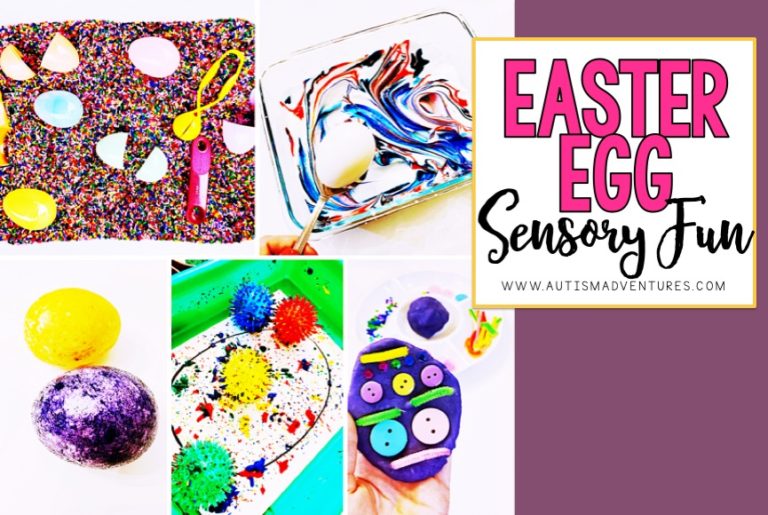Sensory Integration in the Special education Classroom
Sensory integration in the school setting is crucial in a special education classroom. It involves creating an environment suitable for students with sensory processing challenges. In a sensory supportive classroom, students can effectively process and respond to sensory input, which can significantly enhance their learning experience. By incorporating sensory integration techniques into your classroom, you can can reduce anxiety and improve learning. Sensory integration also allows students to thrive academically and socially. Ultimately, sensory integration creates a more inclusive and supportive educational setting for all students.
Today’s post I will briefly outline the 5 senses and how they can present in the classroom, sensory strategies, sensory diets and sensory play in the classroom.

Sensory Needs in the Classroom
The one thing I find that never changes is the fact that a kid’s senses can make or break their day. It’s our job as educators to help them learn how to regulate their 5 senses so they can have a good day.
Do you find yourself in this position? How can we most effectively support our kids?
I find the best way to answer this question is to go back to basics and simply look at the 5 senses and how they manifest in the kids we work with. I like to call it the 5 senses check-list. You can grab your own checklist for FREE in my Free Resource Library here. Going through each sense and seeing them in action gives me a deeper understanding of each child and better equips us to take care of the sensory needs in the classroom.
Understanding the 5 Senses
Sight, sound, smell, taste, and touch. These are the tools we use to take in information, process the data, and well, make sense of the world around us.
For most of us sensory processing isn’t a challenge for us. We breeze through our day unaware of our senses. We may take notice of them when we feel cold, hear loud noises, or smell something stinky. If my senses feel out of whack I usually know how to fix the problem. Dim the lights or turn down the volume and I’m good to go. For kids with sensory challenges sight, sound, smell, taste and touch may be a different situation. These senses can put them into sensory overload and it may look like a tantrum or challenging behavior. Like us, they take in information using their 5 senses, but they may have difficulty processing the information, which in turn affects their thoughts and behavior. It is important to meet the students’ needs and the individual sensory needs in the classroom.
What causes this? There are varying explanations. Typically though kids are either over-sensitive or under-sensitive with their senses. They have difficulty tolerating certain sensations. Sensory input is magnified and they are constantly trying to figure out how they feel in their environment. Over the years I have worked with our district occupational therapist to learn how to identify these needs.
To learn more about over-sensitivity and under-sensitivity to the senses and how to help navigate these needs, read an in depth blog post HERE.
PROPRIOCEPTIVE AND VESTIBULAR MOVEMENT ACTIVITIES
Have you ever heard someone say that we have 7 senses? You obviously know about sight, sound, smell, taste, and touch. How about proprioception and vestibular senses? These terms were new to me when I first got into this field, but after having worked with kids with autism I can see why they can be considered the 6th and 7th sense.
A lot of my prior students I worked with tended to have difficulties with sensory processing. One of the first things I noticed with my kids was their issues with body awareness and spatial orientation. It wasn’t until I learned about proprioceptive and vestibular senses that I could fully help kids with sensory processing issues. It also helped me give them the sensory input tools they needed to be regulated.
KIDS THAT HAVE A HARD TIME WITH PROPRIOCEPTION MAY DISPLAY BEHAVIOR SUCH AS:
- Walking on tip-toes
- Bumping or crashing into objects and clumsiness
- Movements are quick, sudden or rigid
- Weak muscles or poor posture
- Unaware of strength or space needed for tasks
PROPRIOCEPTIVE MOVEMENT ACTIVITIES to help meet their needs
- Heavy work carrying weighted objects like books, backpack, milk jugs, baskets with objects.
- Resistant activities like pushing blocks, pulling a wagon, pressing a pillow or climbing
- Deep pressure like weighted blankets, sitting in bungee chair or big pillow
- Strength building activities for hands like play-dough or stress balls, wheelbarrow walking or pushups.
All of these activities target the proprioceptive system because they increase awareness of bodies moving through space. Pressure and weight-bearing activities help build awareness. Strength building exercises also help develop fine-motor skills.
KIDS THAT HAVE DIFFICULTY WITH VESTIBULAR FUNCTIONS MAY ACT IN WAYS SUCH AS:
- Poor eye-hand or eye-foot coordination
- Difficulty following directions
- Seem unregulated
- Difficulty with balance to walk, sit, or going downstairs
- Dislikes swinging, or going upside down
- Seeks out stabilizing tools like walls or railings
- Unaware of surroundings
VESTIBULAR MOVEMENT ACTIVITIES to help meet their needs:
- Swinging on playground, hammock, in a blanket
- Jumping on a trampoline, to music, in an obstacle course on a fitness ball
- Rocking in a rocking chair or horse
- Picking up objects during a scavenger hunt, playing catch
These activities target the vestibular system because these types of movements engage the inner ear and vestibular system which in turn helps children develop a sense of spatial awareness and increases balance.
The Importance of Sensory Integration
Sensory integration is very important in special education because it addresses the unique sensory processing challenges many students face. Sensory integration helps students navigate the world around them and understand the classroom environment. With creating a safe environment, students will be able to access learning materials and activities better as well. Incorporating sensory-based interventions in the classroom helps students focus with tasks at hand, reduce challenging behavior and improve social interactions. Sensory integration also promotes emotional well-being by creating a supportive learning enviornemt and calming classroom atmosphere that reduces anxiety and frustration. Ultimately, sensory integration helps to build an inclusive classroom allowing all students to thrive and reach their full potential.
What is a Sensory Diet?
Ever get the urge to crack your knuckles or readjust your sitting position? After doing that, do you feel better? Ever wonder what those little ticks are all about? Well those things are sensory integration and sensory input. A sensory diet is a program that helps organize sensory input activities a child needs to fully function throughout their daily routine. It is personally tailored based off of a kid’s preferences or tendencies and is implemented as kids need it. Following a sensory diet helps kids get back on track because their bodies feel better.
A sensory diet was one of my favorite tools in my tool box when I was working in the classroom setting. I used it with a lot of my students and found great success with it. When set up correctly, it is super easy to implement! As I would go through my normal routine my staff and I knew when to tell a child to take a sensory break. We also knew what activity to do so they were able to focus on the next lesson.
I found that by implementing sensory diets, my students had reduced anxiety knowing they would be able to get the sensory input they need while at school. Many of my students also knew what they needed to do without instructions because the sensory diet helps them get better with sensory integration.
To read a full IN DEPTH blog post about sensory diets in the classroom and practical strategies to incorporate sensory diets into your classroom activities, click HERE.
Sensory Play in the Classroom
Sensory play in the classroom can seamlessly be integrated into a classroom. This play involves activities that engage a child’s senses, such as touch, sight, sound, taste, and smell.. These activities can include tactile experiences like playing with sand or clay, auditory exercises such as listening to different sounds, and visual tasks like sorting colors and shapes. You can incorporate sensory play into your daily schedule, work center rotations or have invidivualed sensory break schedules set up for students based on their IEP and occupational therapist recommendations. Like most things in special education, you will need to modify these activities to meet your students’ sensory needs. Sensory play helps children develop fine motor skills, cognitive abilities, and emotional regulation. Incorporating sensory play into the classroom routine can help create a safe learning environment.
Sensory play can easily fit into the classroom and work for your students by doing the following:
- Incorporate sensory breaks throughout the day. If a student has been sitting or focusing for a period of time give them a choice of a favorite sensory activity to unwind.
- Use sensory activities to help self-regulate if student needs to focus on a task. Pick something that is calming not stimulating for child.
To grab a free guide about incorporating sensory play into your classroom, visit my Free Resource Library. To read an in-depth blog post about sensory play in the classroom, read more HERE.
My Favorite Sensory Toys
This post has had a lot of information about creating sensory-friendly classrooms to meet the needs of students and their sensory challenges. With that said, it also requires a lot of equipment and tools and sensory supports. These should be funded by your school or district and often times are listed in various IEPs or 504 plans. Talk with your district administration or school-based OT for more resources.
Some of my favorite sensory goodies are bean bags, lap pads, fidget toys, bean bag chairs and tactile activities. It is super simple to ingrate sensory tools into your daily activity without taking away from your instruction. I have a full post, with links, sharing all of my favorite sensory tools. Click HERE to read the post. You can also shop directly on my Amazon store for easy shopping by clicking HERE.
Monthly Sensory Activities
I have a variety of blog posts from over the year sharing monthly themed sensory activities you can incorporate into your classroom! Click on each image below to see more:

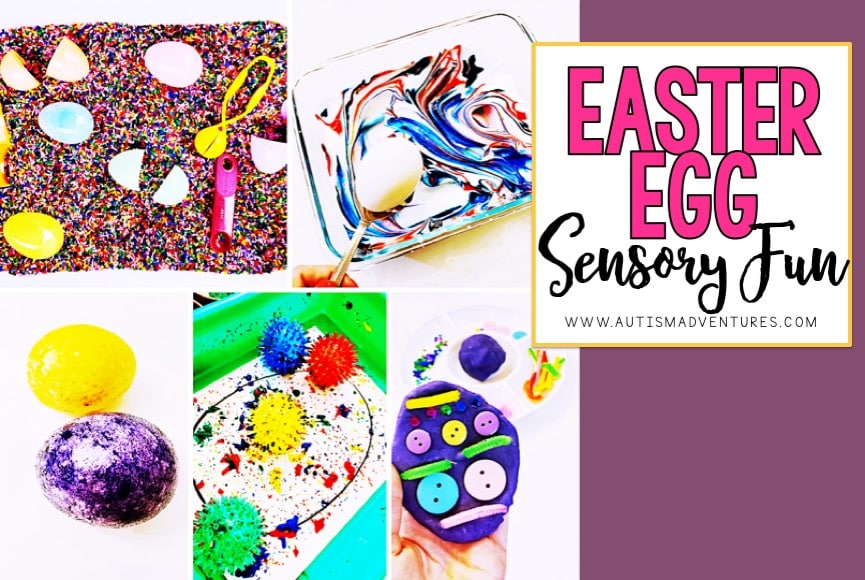
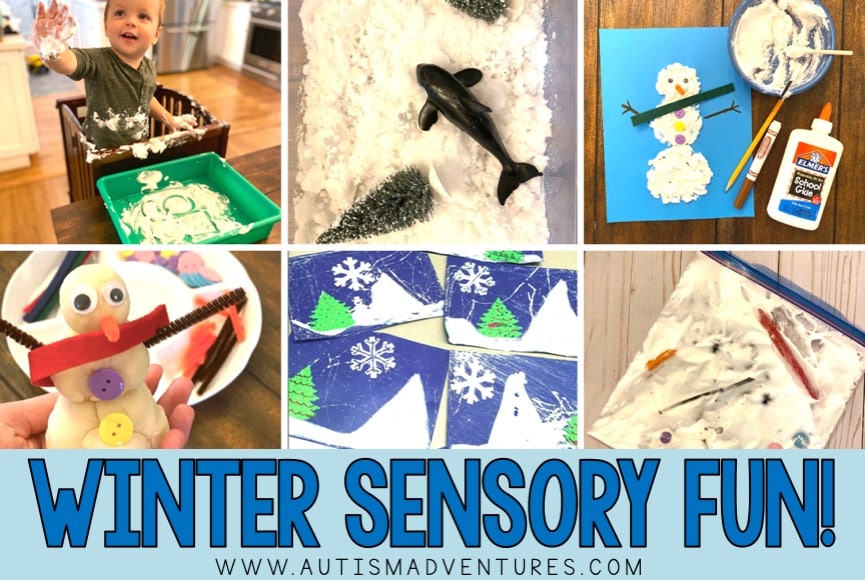
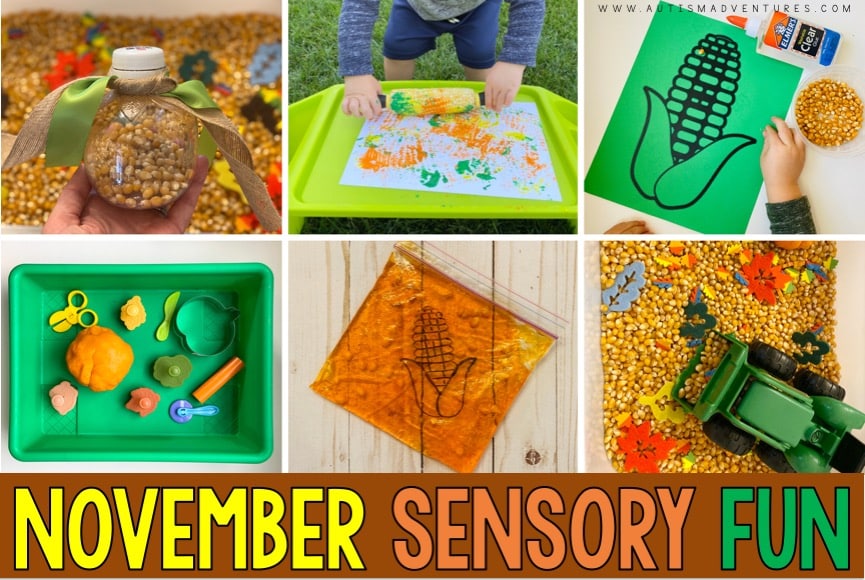
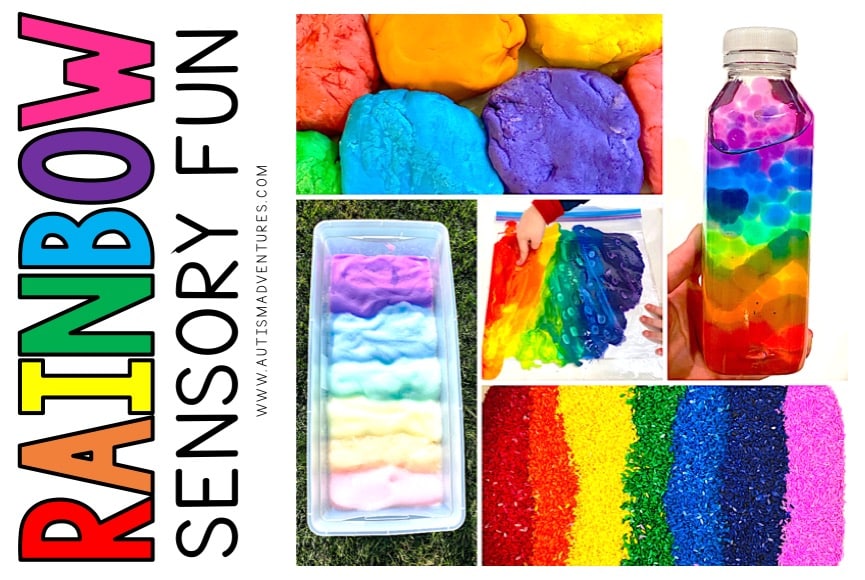
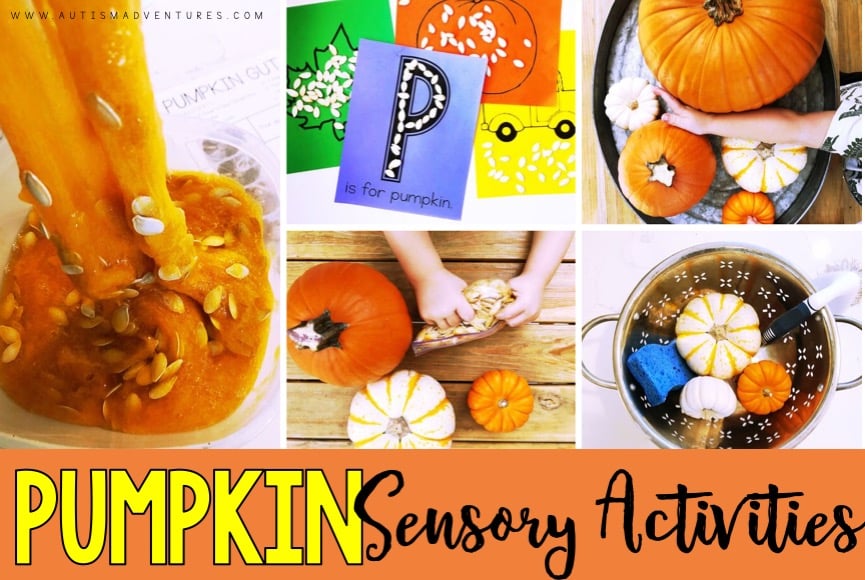
Conclusion
In conclusion, there is without a doubt that you should be incorporating sensory activities into your classroom to create a supportive learning environment and to meet both the behavioral, social and educational needs of your students. To read other blog posts about sensory needs in the classroom, click HERE.
Like what you read? Don’t forget it, PIN IT!
